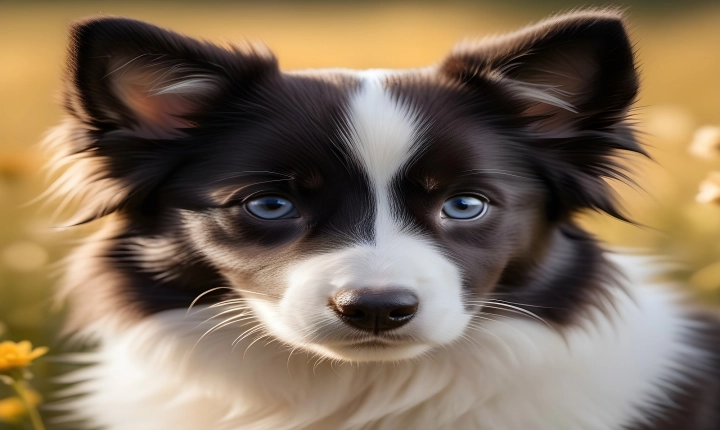Title: How to Vectorize an Image using AI
Vectorizing an image is a useful technique for transforming raster images into scalable vector graphics, allowing for high-quality enlargements without loss of quality. While traditional methods of vectorization can be time-consuming and require a lot of manual effort, the use of artificial intelligence (AI) has revolutionized this process. In this article, we will explore how AI can be used to streamline the vectorization of images.
AI-powered image vectorization tools are designed to automatically convert raster images into vector graphics by recognizing shapes and lines, and then creating corresponding vector paths. The use of machine learning algorithms enables these tools to accurately identify and trace the unique elements of an image, resulting in more precise and efficient vectorization.
Here are the steps to vectorize an image using AI:
1. Choose a suitable AI-powered vectorization tool: There are several AI-based image vectorization tools available in the market such as Adobe Illustrator’s Image Trace feature, VectorMagic, and Trace by StickerMule. Evaluate the features and capabilities of each tool to determine which one best suits your needs.
2. Select the image to be vectorized: Once you have chosen a vectorization tool, upload the image that you want to convert to a vector format. Ensure that the image is of good quality and has a clear distinction between different elements.
3. Adjust the vectorization settings: AI-driven vectorization tools offer various settings and parameters that allow you to customize the vectorization process. These settings may include options for color tracing, edge detection, and noise reduction. Experiment with these settings to achieve the desired level of detail and accuracy in the vectorized image.
4. Initiate the vectorization process: Once the settings are configured according to your preferences, start the vectorization process. The AI algorithm will analyze the image and create vector paths based on the identified shapes and lines.
5. Refine the vectorized image: After the vectorization is complete, review the resulting vector image. Depending on the complexity of the original image and the quality of the vectorization, you may need to make further adjustments to ensure the accuracy of the vector paths. This may involve editing individual paths, adjusting anchor points, or refining color gradients.
6. Save and export the vectorized image: Once you are satisfied with the vectorized image, save it in a vector format such as SVG, EPS, or PDF. These formats are ideal for use in various design applications and can be scaled to any size without loss of quality.
Vectorizing images using AI offers a more efficient and accurate alternative to traditional manual vectorization methods. By leveraging the power of AI algorithms, designers and artists can save time and effort while achieving high-quality vector graphics. As AI continues to advance, we can expect further improvements in image vectorization technology, making it even more accessible and user-friendly for a wide range of applications.
